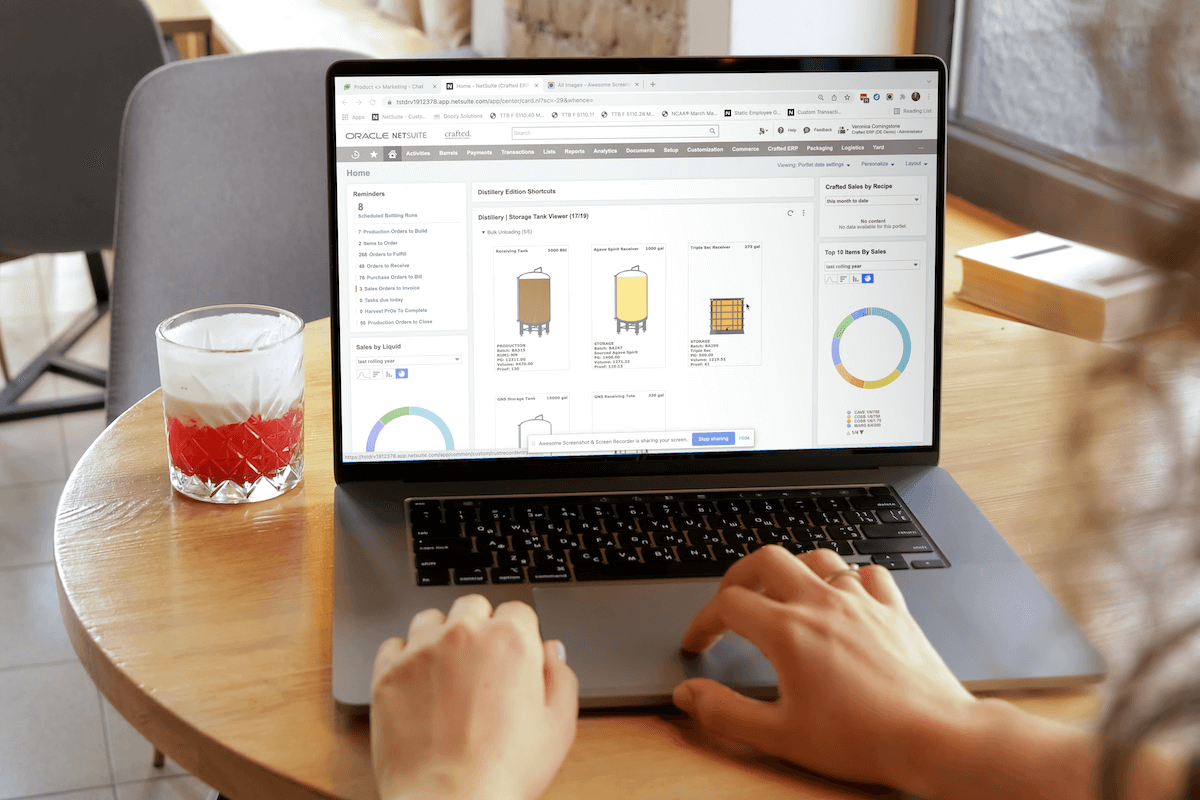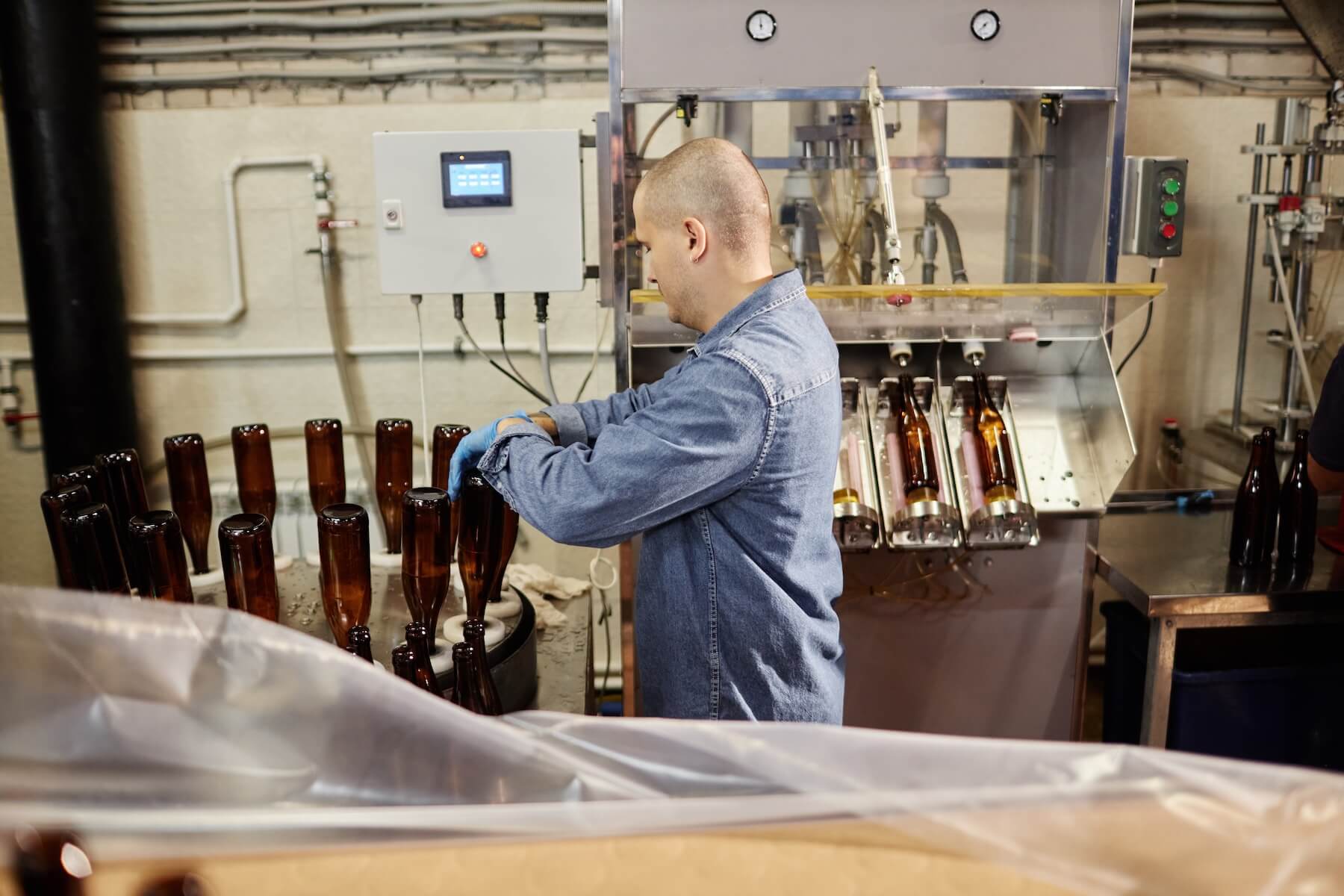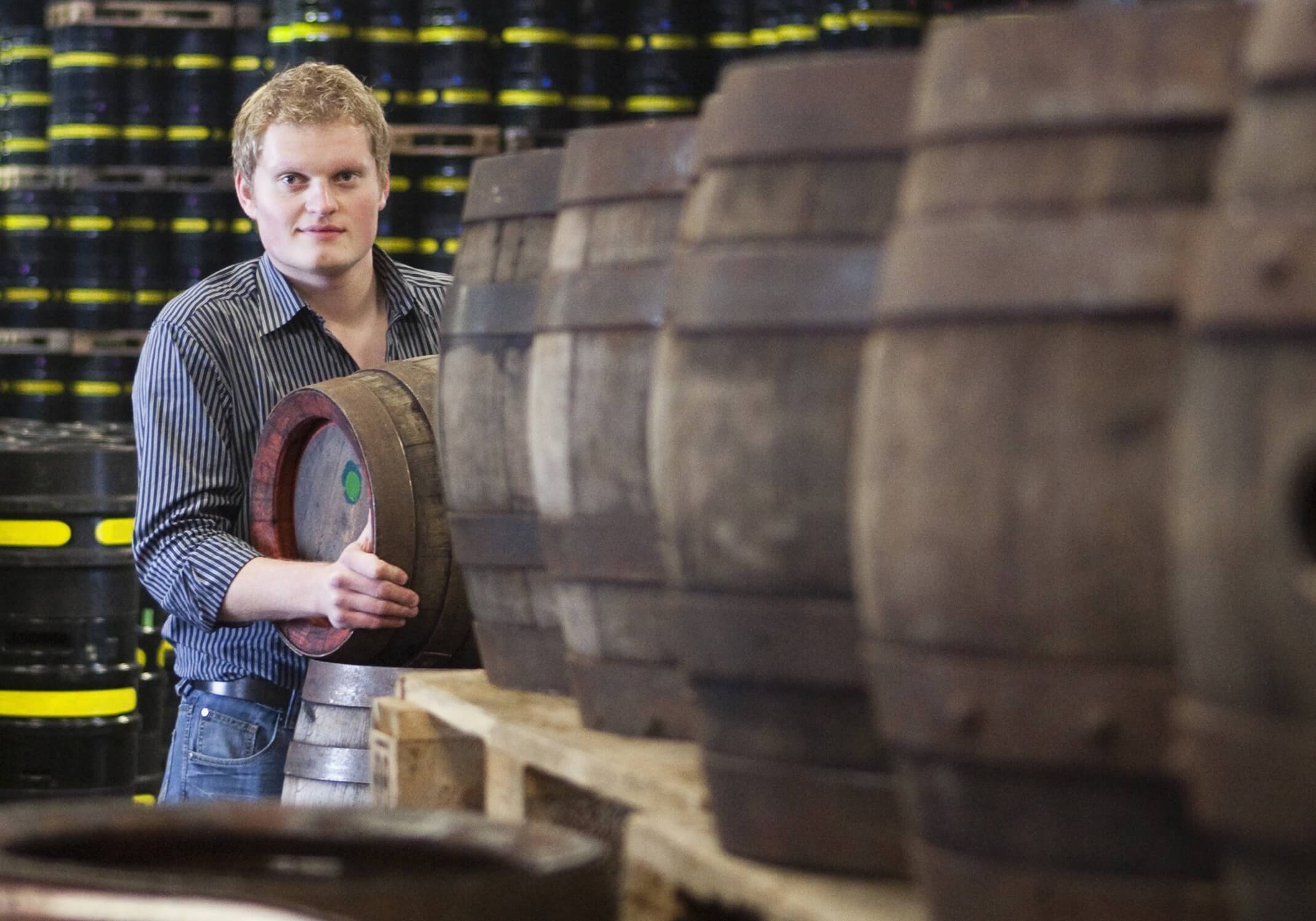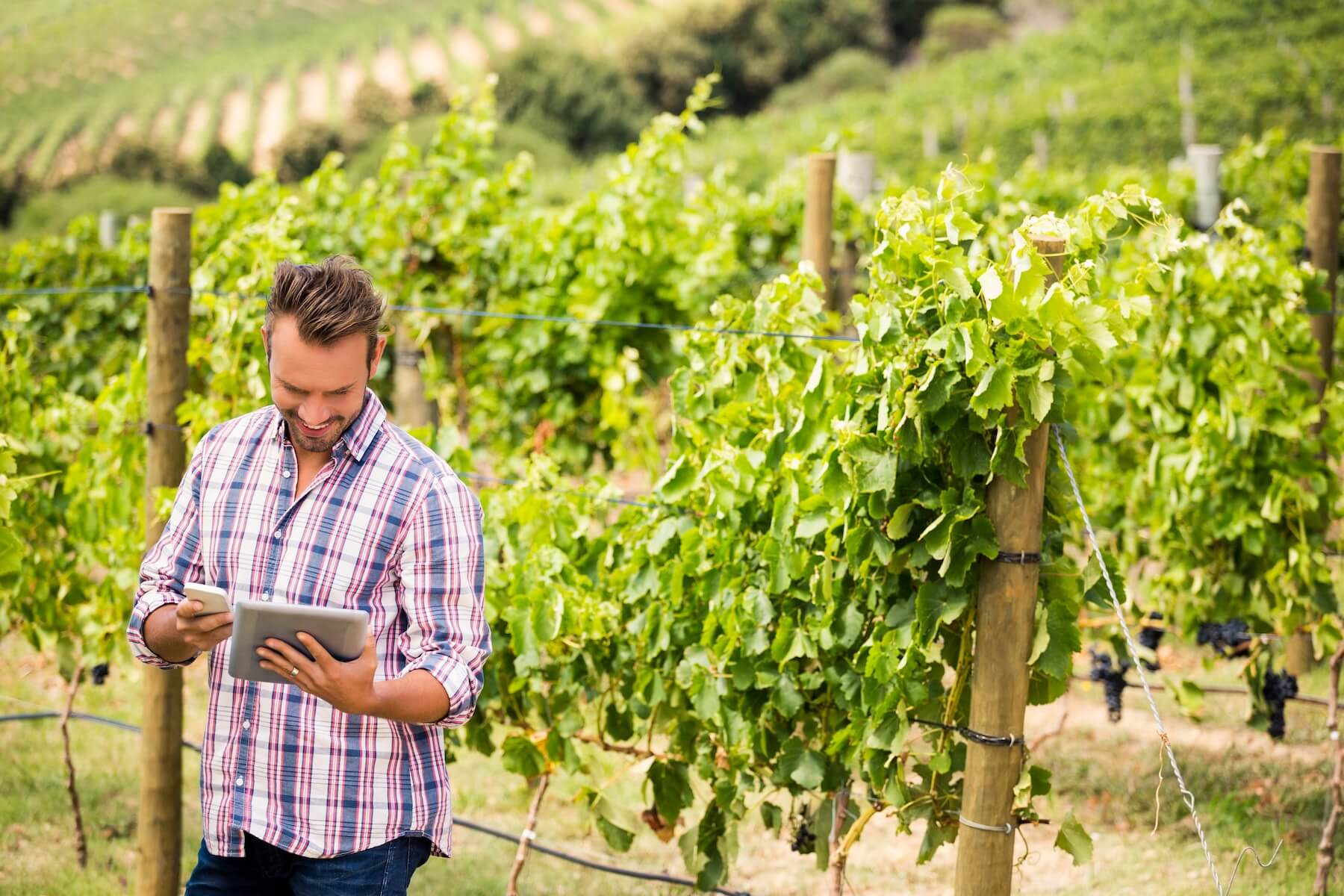Fresh off our heels from the Craft Brewers Conference (CBC) and in the midst of American Craft Beer Week, we wanted to explore some of the trends taking over the U.S. beer industry. In 2022, independent and small craft breweries made up just over 13% of beer sales, a slight increase over the previous year. The number of craft breweries in operation also reached new heights last year, with 9,552 in operation by the end of 2022.
Bart Watson, the Brewers Association chief economist, gave an industry update as part of CBC’s opening session. In his talk, Bart discussed how growth in the craft beer industry has been pretty flat in recent years, with an average of +1.2% year-over-year. However, he emphasized that just because craft beer is seeing slow to no growth right now, that doesn’t mean the industry has to remain stagnant.
So how can craft breweries help drive more sales, increase profitability and grow market share in 2023? Scroll down to find out.
Reinvigorate Your Brand Through Taproom Sales
What is better than a Saturday afternoon spent with family and friends at a brewery? Especially in the spring and summer months when the sun is shining and you can enjoy the perfect patio-sitting, cold-beer drinking weather. (Who’s ready to go now?)
Last year saw a return to the taproom that exceeded pre-pandemic levels. Beer lovers craved community and made their way back to their favorite breweries across the country. According to Untappd, a popular social networking app that allows members to check in to locations while drinking beers, 2022 saw consumers return to taprooms at a rate of 117% compared to January 2019. And the return to taproom far outweighed check-ins at other beer-drinking establishments like bars and restaurants.
What does this mean for you? Your customers want to drink your beer at your brewery! So pressure wash those patios, set up some outdoor games and get ready for a busy summer season! Let’s keep bringing people back to the taproom!
One way to increase traffic is by hosting special events and gatherings that draw in your customer base. For instance, Crafted customer Modern Times Beer partnered with a nonprofit organization for rescue dogs and hosted an adoption event at one of their San Diego taprooms. Another customer, Schell’s Brewery, brings in a rotating lineup of live music and food trucks to attract customers to their beautifully maintained outdoor spaces on Fridays and Saturdays. And don’t just think about the weekends! Breweries are hosting weekday trivia nights, special draft releases and even watch parties for popular reality tv shows. (If you’re into Bravo reunion shows, we’ve got the place for you.)
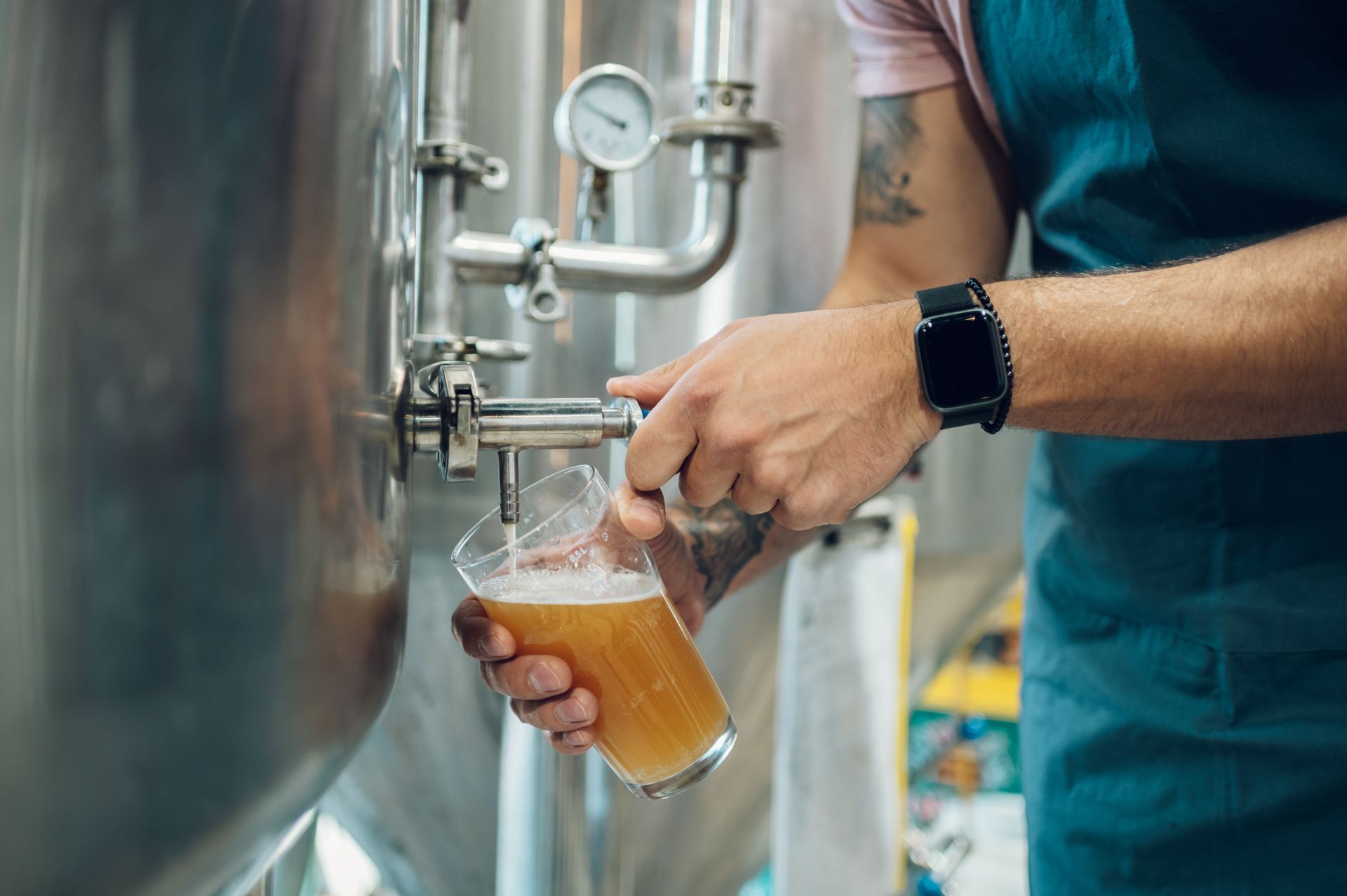
Start Thinking About D2C Now
The Covid-19 pandemic changed the way we buy things, maybe forever. When we were forced to stay at home, we looked for ways to shop online for delivery or pickup, including our booze. While the wine industry has cornered the market on D2C sales, with privileges to ship to 47 states, craft beer has some work to do.
Currently, only 11 states and Washington D.C. allow breweries to ship directly to consumers, something the Brewers Association is working to change at the state and federal level. However, the ISWR predicts that by 2026 nearly 25% of all beer, cider and RTD sales will be online. That means now is the time to start thinking about your brewery management software and how you can integrate ecommerce sales into your business strategy.
In the meantime, 31 states allow for some sort of alcohol delivery service from vendors such as Drizly, Minibar and DoorDash. This allows craft beer lovers to get your beer delivered from local stores directly to their homes.
Appeal to Younger Drinkers with Health-Conscious Products
Low-alcoholic, non-alcoholic and lower-calorie drinks are in high demand! Millennials and Gen Z are turning to healthier, more mindful alternatives to traditional alcoholic beverages. These young consumers embrace the social aspects of brewery and bar life, but don’t want the side effects caused by drinking alcohol.
Non-alcoholic beer producers like Crafted customer Athletic Brewing Company are seeing a meteoric rise in popularity due to the sober-curious lifestyle, and it’s forcing more and more craft breweries to start thinking about adding non-alcoholic alternatives to their product line. People want to enjoy a great beer, but they want to reserve alcohol for the weekends and are looking for low-ABV or non-alcoholic options for weekdays.
Hop water is a popular alternative that craft breweries can easily produce, and it was a hot topic at CBC as attendees tasted Sierra Nevada’s Hop Splash in our booth. Many of them commented on how they hope to start producing their own hop water in the near future. You already have the ingredients on hand to produce these hop-infused sparkling beverages, so why not give it a try?
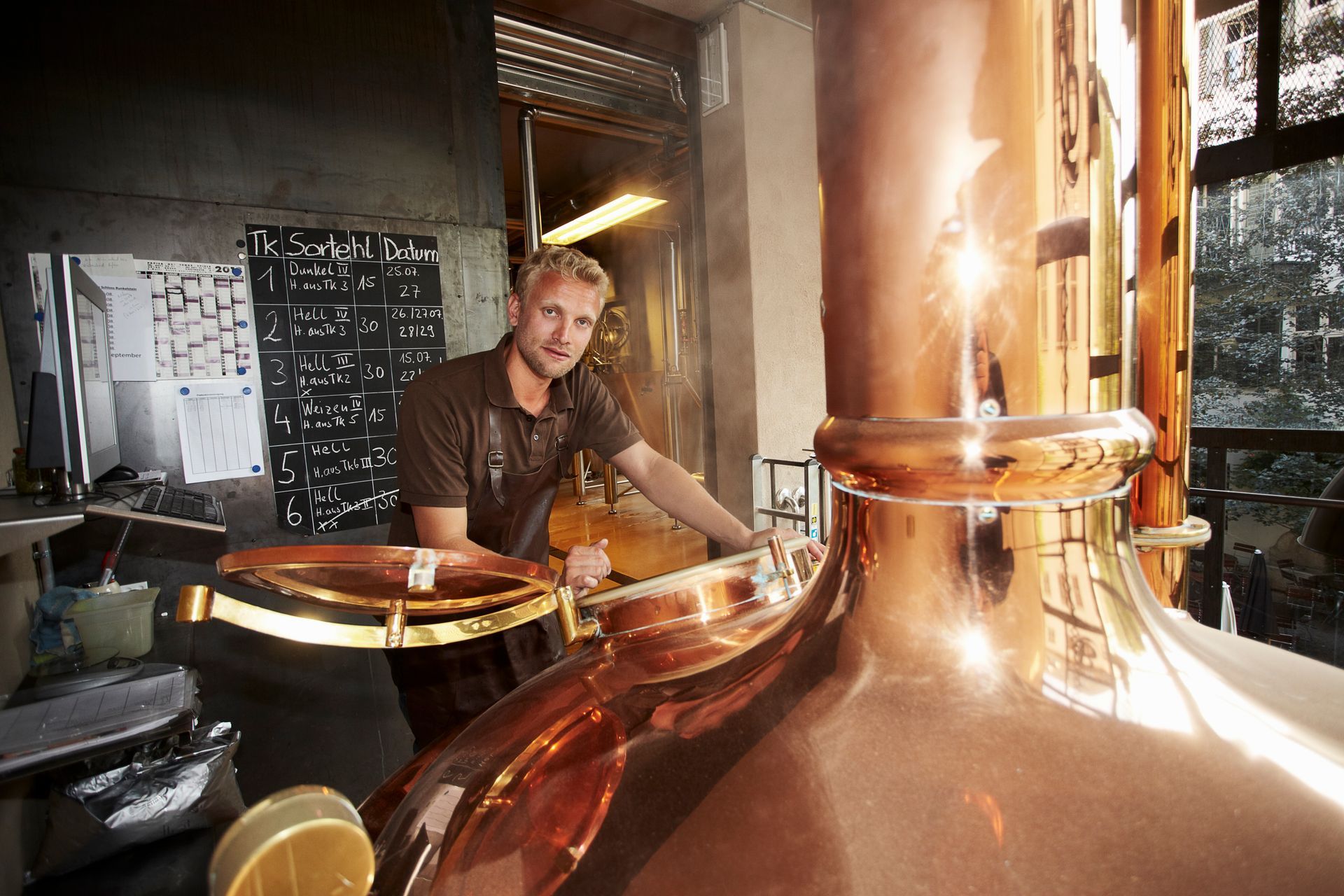
Diversify Your Product Line Beyond Just Beer
Along the lines of non-alcoholic beer, breweries can reach new consumers and increase revenue by expanding into ready-to-drink beverages and the “beyond beer” category. More and more breweries are starting to produce spirits, canned cocktails, seltzers and other beer alternatives. This doesn’t mean that craft beer is giving up beer! It just means that it’s okay to think outside the traditional beer box sometimes.
A recent report stated that RTDs are expected to grow by more than 11% in 2023. With craft beer sales remaining basically flat, canned cocktails provide tremendous room for growth and can open up your brewery to a new customer base. In addition, there’s a natural link between brewing and distilling, and it can be an easy lift for a craft beer or craft spirits business to venture into production of the other.
Having a powerful beverage production software platform makes it easy for nearly any type of alcoholic beverage business to start creating new products. Crafted ERP offers editions for breweries, wineries, distilleries and RTDs, and can work with you on customization for the production of two or more types of alcoholic beverages. With the right software partner, your brewery can grow beyond what you could imagine!
Consider Selling or Buying a Brewery
Ten years ago, if a craft brewery was acquired by another company it would send shockwaves through the beer community. Today? Not as much. Mergers and acquisitions in the craft brewing industry have been more of a norm instead of an outlier.
For small- to mid-sized breweries, a merger or acquisition can open up wider distribution means, a new customer pool and greater access to vendors and supplies that they never had before. Shared resources can also create efficiencies and cut overhead costs. For a brewery in need of an infusion of capital, or for one looking to expand its footprint to another region, a merger or acquisition might be the best next step.
A word of caution here though. M&A activity has been known to cause fallout among loyal craft beer enthusiasts who think their favorite breweries are “selling out.” Make sure you message the sale or purchase appropriately to reduce any backlash. Mergers or acquisitions can be a really good move for the health of your business and it’s standing in the community. But handle the communication around it carefully so you most loyal drinkers will keep coming back for more.
Take Your Craft Brewery to the Next Level
Despite little to no growth in the craft beer market over the last few years, beer isn’t going anywhere. People will continue to love drinking beer and they will continue to visit your brewery time and time again. However, as a brewery owner, there are craft beer trends that you can jump on to increase profitability for your business.
Crafted ERP is the premier software partner for craft breweries looking to grow. Our brewery management software is designed and developed by former brewmasters and industry veterans. We understand the business of craft beer and are ready to help you take the next step. Contact us to learn more about our craft brewery software.
